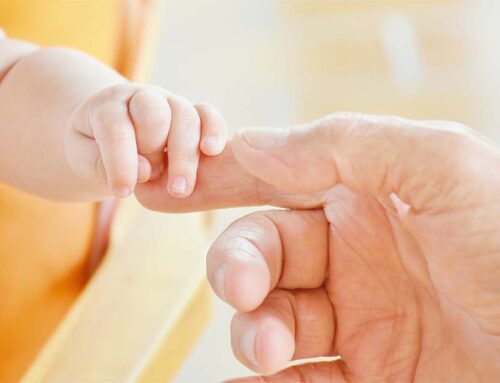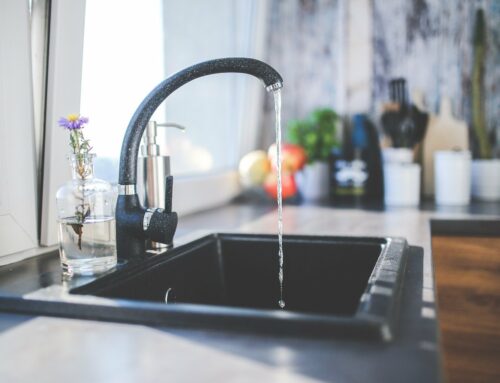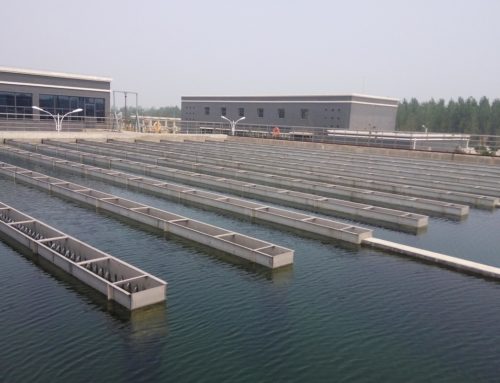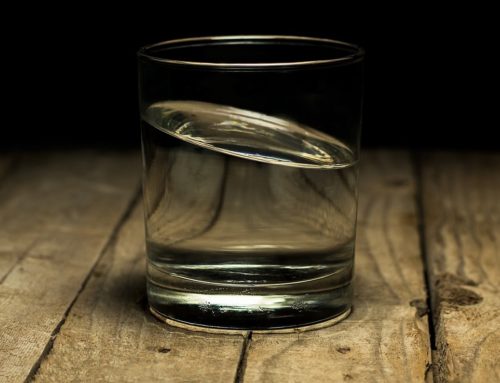What are the concentration levels of nitrate in drinking water? Mains water versus bottled mineral water?
Nitrate is one of the most common contaminants in drinking water. It gets into our water supply via the drainage of fertiliser, manure from large animal feed companies and the effluent from wastewater treatment plants.
Tap water in agricultural areas often has the highest nitrate concentrations.
Privately-owned drinking water wells near livestock farms and intensively fertilised fields, or in locations where septic tanks are widely used, may also contain unsafe levels of nitrate.
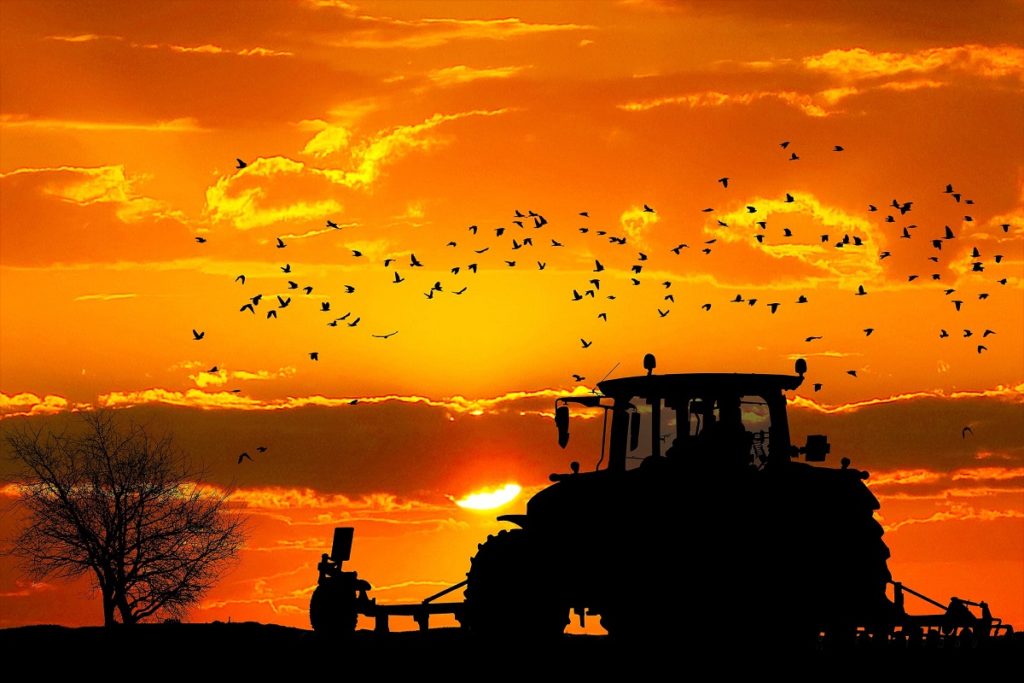
The European limit for nitrate in drinking water is 50mg per litre.
Nitrate in drinking water in Europe has been set at 50 milligrams of nitrate per litre of water. This standard was established in order to prevent acute cases of Blue Baby Syndrome, which can occur when a baby’s excessive intake of nitrate leads to a lack of oxygen in their blood.
In the Netherlands, the directive is set at 25 mg/l. The Decree of the Flemish Government of 13 December 2002 forms the general legal framework for guaranteeing the quality of drinking water. 50mg/litre. This decree specifies the minimum quality requirements for drinking water and regulates the organisation of the minimum controls on the production and supply of drinking water. This does not automatically mean that there are health risks involved if the standard is exceeded. Everything is dependent on the extent to which the standard is exceeded and the duration of exposure.
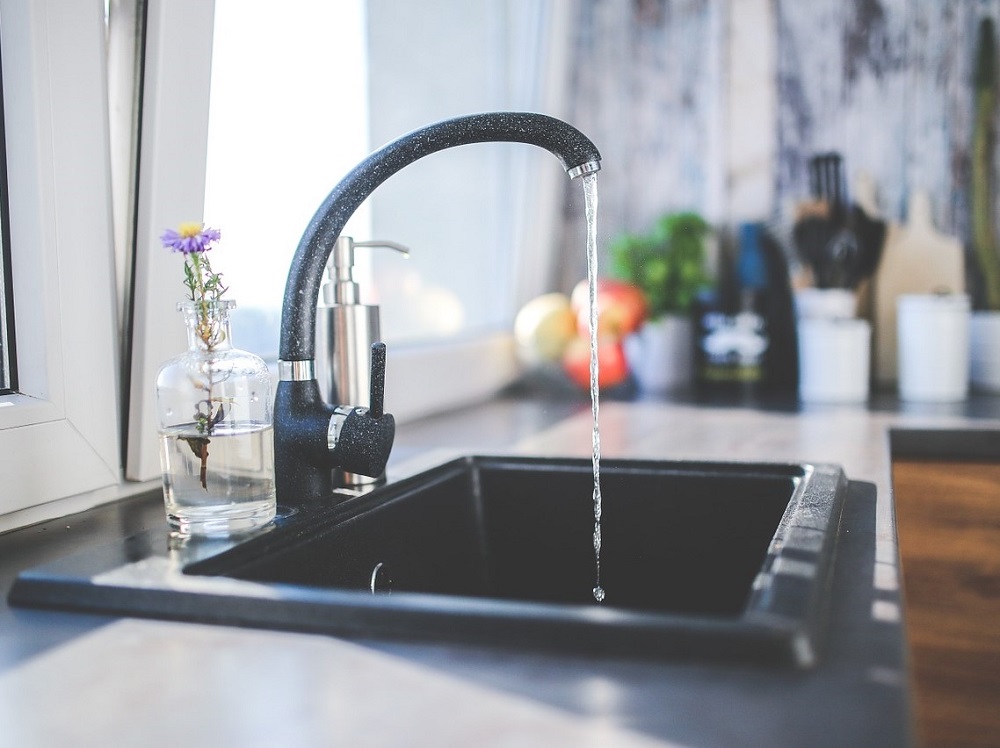
Population studies show the risk of nitrate poisoning from tap water.
Epidemiological studies suggest that the nitrate limit does not adequately protect public health. Studies conducted in several countries have shown a higher incidence of bowel, ovarian, thyroid, kidney and bladder cancer in people exposed to nitrate in drinking water. Researchers in Europe have found an increased risk of bowel cancer linked to drinking water concentrations that are more than 10 times lower than the limit. Epidemiological studies also report that nitrate contamination of mains water can harm the developing foetus.
What is nitrate and how does it get into soil or groundwater?
Tap water ( mains water, tap water) watch out for nitrate. Nitrate contamination of water supplies has increased dramatically due to the use of nitrogenous fertilisers. Urban areas can also have high levels of nitrates in the water owing to wastewater. Details from tap water studies show that millions of Europeans drink water from public water systems with detectable nitrate levels. Privately-owned wells may contain excessive nitrate, especially on farmland. A 2000 study by the U.S. Geological Survey revealed that nearly 20% of shallow drinking water sources in agricultural areas and 4% in urban areas exceeded the legal nitrate limit.
How can I be exposed to nitrate?
More nitrate in tap water than in bottled water. People become exposed to nitrate that is in both food and water. Cured meat, usually preserved with nitrates, can be a major source of nitrate intake through diet. Nitrate also occurs naturally in leafy green vegetables. Although nitrate in cured meat has been associated with an increased risk of cancer, cancer-fighting effects have been reported in the consumption of green vegetables, even when they contain amounts of nitrate. Researchers indicate that antioxidants in vegetables may inhibit the carcinogenic potential of nitrate, along with vitamin C.
The amount that drinking water contributes to total nitrate intake varies from region to region and from one diet to another. The Netherlands obtains drinking water from groundwater at more than 200 extraction points. Unfortunately, this groundwater is becoming increasingly contaminated with nitrate from manure. Consequently, contaminated extraction points are also mainly located in areas rich in livestock and sandy soil. Since 2012, the amount of nitrate in drinking water pipes in Belgium has risen again slightly. Nitrate concentrations in drinking water are too high in more than 30% of cases. It is nonetheless a matter of some concern that more and more nitrate is ending up in our drinking water. Tap water may be the most significant source of nitrate exposure for bottle-fed infants. Cyanosis can occur especially in infants who are bottle-fed. In this high-risk group, there is a high level of acidity in the stomach, which accelerates the conversion of nitrate into nitrite. The conversion rate for infants is 20% compared to 5% for healthy adults. The EWG (Environmental Working Group) recommends that baby food should only be mixed with filtered mains water or bottled water that is low in nitrate so as to avoid exposing the baby to contaminants from tap water.
Why is nitrate harmful to our health?
At levels that exceed the limit, nitrate can cause Blue Baby Syndrome. Nitrate-contaminated water has been linked to adverse effects on reproductive health and changes in thyroid function. A 2010 study by the National Cancer Institute found that women who ingest nitrate-contaminated water are at greater risk of thyroid cancer. A publication from 2012 by the same group reported a correlation between nitrate intake and subclinical hypothyroidism in women.
After digestion by bacteria in our digestive system, nitrate is converted into N-nitroso compounds such as nitrosamines, according to the International Agency for Research on Cancer. These substances damage DNA and cause cancer in the blood and in various organs, including the stomach, bladder, cartilage and oesophagus in a number of animal species. A recent Danish study found an increased risk of bowel cancer with nitrate concentrations in drinking water as low as 3.87 mg per litre.
How much nitrate is harmful to health?
The legal limit for nitrate in drinking water does not address the growing concerns concerning chronic, low exposure to nitrate and the potential risk of cancer. A peer-reviewed analysis by EWG scientists revealed that nitrate levels in drinking water that avoid the risk of cancer and adverse birth outcomes amounts to 1.4 mg/l – well below the European standard.
What needs to be done with a view to reducing nitrate contamination of water supplies? Are tap water and bottled water at risk?
Nitrate concentrations in drinking water sources are likely to continue to rise in proportion with the use of artificial fertilisers. 10 Dutch water companies sounded the alarm in 2017. Fertilisers contaminate groundwater. Water treatment is becoming increasingly expensive and more complex. At 45% of the water extraction points, higher concentrations of fertilisers than what is legally permitted were recorded in 2015. Water extraction points have been closed in recent years because the water was so contaminated that water treatment became too expensive.
“Our children will suffer as a result of what is happening now,” said Arjen Frentz, director of the association of water companies in the Netherlands. “Aside from too much nitrate, Dutch groundwater contains too much nickel and sulphate. Manure-related problems. Excessive fertilisation is the main problem in the Netherlands, Belgium and most European countries,” according to Arjen Frentz.
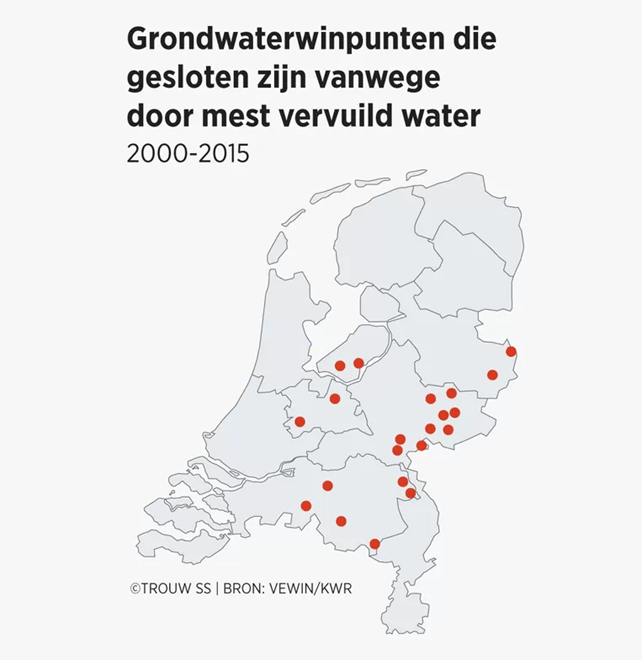
Nitrate levels in well-known mineral waters. Bottled water contains less nitrate than tap water.
The results of purchase tests show that pregnant women and babies are better off drinking bottled water instead of tap water or mains water. Tap water can sometimes exceed the limit of 25mg. Tap water contains more nitrates than natural mineral water in most bottles. Tap water contains on average between 10 and 15 mg of nitrate per litre.
| Brand mineral water | mg nitrate per litre |
| Perlage | 0,75 |
| Badoit | 0,81 |
| Vichy Catalan | 1 |
| Pineo | 1,1 |
| Brand mineral water | mg nitrate per litre |
| Spa Reine | 1,5 |
| Appolinaris | 1,6 |
| Lauretana | 1,8 |
| Mont Roucous | 2 |
| Colalba | 2 |
| San Pellegrino | 2,8 |
| Highland Spring | 3,1 |
| Valvert | 3,5 |
| Brand mineral water | mg nitrate per litre |
| Evian | 3,8 |
| Vittel | 4,4 |
| Acqua Panna | 5,7 |
| Hildon | 6 |
| Volvic | 7,3 |
| Font d’or | 10,4 |
sources: https://www.milieurapport.be/milieuthemas/waterkwaliteit/zuurstof-nutrienten/nitraat-in-grondwater-in-landbouwgebied https://www.waterlogic.nl/informatie-centrum/wat-zit-er-in-mijn-kraanwater/nitraat-in-water-hoe-verwijdert-u-dat/ https://www.ewg.org/tapwater/reviewed-nitrate.php https://www.iwva.be/drinkwater/kwaliteit/definitie-drinkwater https://www.trouw.nl/nieuws/waterbedrijven-slaan-alarm-mest-bedreigt-drinkwaterwinning~b1446e04/?referrer=https%3A%2F%2Fwww.google.com%2F https://www.waterforum.net/deens-onderzoek-wijst-nitraat-drinkwater-verhoogt-risico-op-darmkanker/ https://www.gva.be/cnt/oid252782/archief-leidingwater-of-flessenwater

